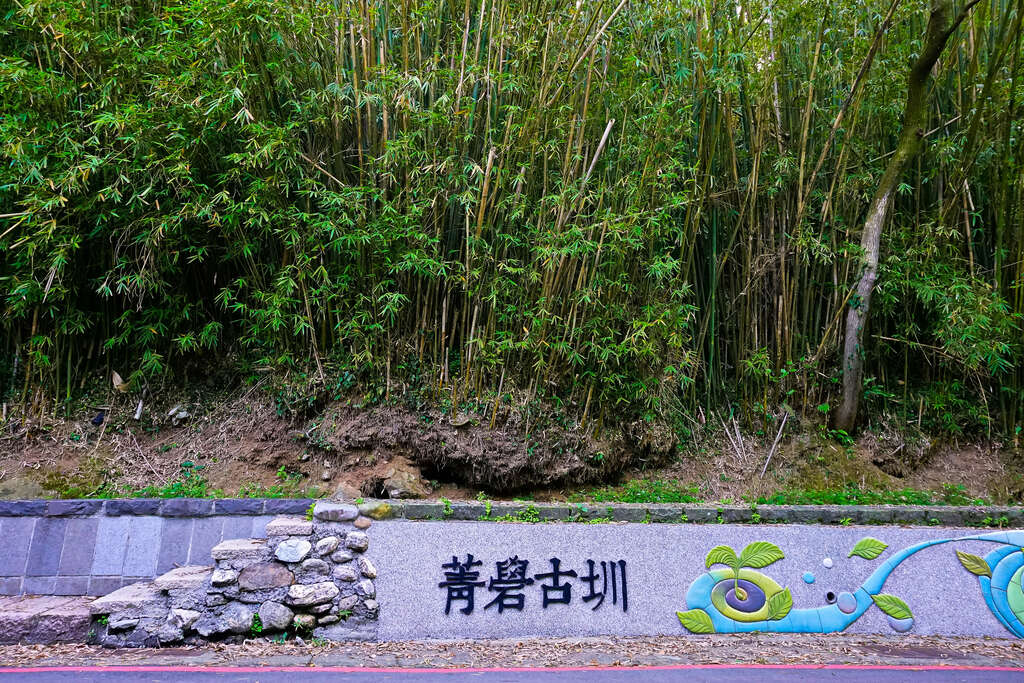Jingzi Ancient Canal Introduction
Located in the Shilin District of Taipei City, the upper reaches of the Jingxi (pronounced "Que") River span approximately 2.1 kilometers with a watershed area of 450 hectares. The river has abundant flow and clear water quality, supporting diverse ecosystems. Its watershed passes through four villages: Jingshan, Pingding, Gongguan, and Xishan, serving as the water source for Shilin District. The scenic banks of the Jingxi River between the Jingxi Bridge and the Zhugao Ridge Bridge are picturesque, with a variety of ecological features, making it a popular spot for stream trekking enthusiasts. Due to the steep riverbed and rapid water flow, heavy rains often lead to soil erosion along the banks. To balance watershed safety and ecological conservation, the Taipei City Government's Public Works Department has implemented a comprehensive planning and remediation of the watershed in phases with allocated funding. Huang Tianjin, the head of the Landslide Prevention Division, noted that the Jingxi River utilizes a porous masonry technique, creating hydrophilic facilities along the river to maintain ecological balance, making it a favored spot for stream trekking enthusiasts. The department stated that the remediation of Jingxi follows the riverbed terrain, establishing hydrophilic platforms, walking trails, and solid bed constructions that foster habitats for wildlife. Large boulders are placed in areas with significant elevation changes to dissipate energy. Additionally, sedimentation ponds are installed in flat sections of the river to serve both flood control and hydrophilic functions. The Landslide Prevention Division pointed out that the remediation of Jingxi is divided into four sections from upstream (near the Happy Farm) to downstream tributaries. Near the Happy Farm, a fish ladder has been constructed using near-natural methods to facilitate the migration and restoration of fish species, showcasing great vitality. The Landslide Prevention Division mentioned that next to the Futiandyuan Farm, the stream has hydrophilic platforms and trails in harmony with the local ecology, accompanied by near-natural solid bed construction and bank protection, creating a beautiful environment with clear water that has recently attracted many stream trekking enthusiasts. Continuing downstream near the Qingxi Bridge, there are hydrophilic walking paths where visitors can sit down and soak their feet in the cool stream water while listening to the soothing sounds of the flowing water, creating a tranquil ambiance. The Landslide Prevention Division emphasized that the tributary of the Jingxi River downstream has undergone remediation along approximately 280 meters, with cherry blossom trees planted along the banks, creating a recreational space with hydrophilic facilities. Each winter, the cherry blossoms bloom, allowing visitors to stroll beside the river adorned with flowers, presenting a poetic scene. The Landslide Prevention Division recommends visiting Jingxi River for its diverse scenery, where mountains abound, making it ideal for sunny days spent stream trekking, stretching the body and enjoying the fresh air. Trekking upstream along the Jingxi River not only allows one to enjoy the clear stream and beautiful forest scenery but also immerses visitors in a rich habitat filled with birds and native plants. One can spot dragonflies and damselflies fluttering about, while schools of fish such as grouper, carp, and bitterling swim gracefully beneath the surface. Among these, the stretch between Jingxi Bridge and Zhugao Ridge Bridge is especially a new secret spot for group stream trekking. Source: Taipei City Government Public Works Department Landslide Prevention Division







































